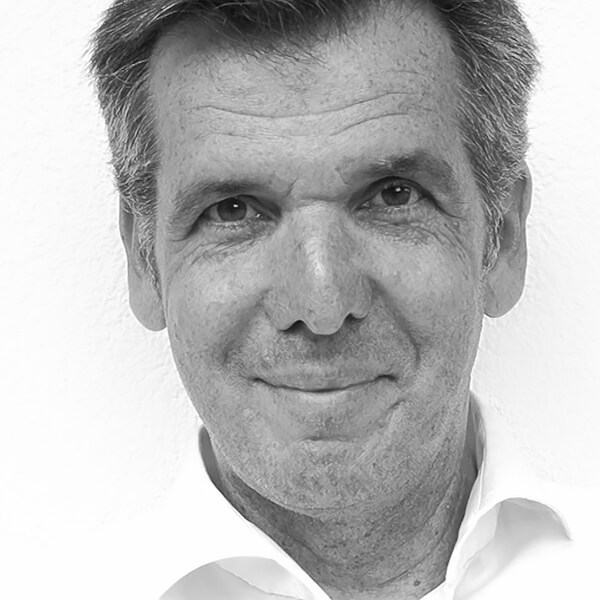Thomas Hackenberg was born in 1963 and lives in the German city of Braunschweig. With first strong influences going back to the work of Henri Cartier-Bresson and German photojournalist Thomas Hoepker, he describes himself as a street photographer today.
In the language business by profession and design, in street photography with his heart, Hackenberg characterizes himself as a classical flaneur-with-a-camera – though sometimes definitely more of a long-distance-runner, as he states. For him, a good picture must have a thought-provoking note, some humorous or quirky details, some kind of storyline. He likes pictures that pose questions rather than provide answers, and all of his photos are taken candidly. "What I like so much about street photography is the fact that you step out of the door, and you're right in it: no clumsy gear, you don't have to travel anywhere, you're always there. That's why it is so magical for me, many have said this before: It's positively an obsession! The big theater of life is always open with no closing hours." He also mentions the documentary aspect of street photography: The two old grannies he captured in 1991 in San Gimignano, Italy, one with the Hanimex 110 pocket camera: a time document today. As all the millions of smartphones today will be at some point in the future… Else, he feels drawn to social photography and photojournalism and likes to take photos at demonstrations.
Thomas Hackenberg's work was featured by resources and hubs such as EYESHOT, Lensculture, Street Photographers Foundation, and Street Sweeper Magazine. He received Finalist awards in the 2017 edition of the Street Foto San Francisco Festival, Siena International Photo Awards 2020, London Street Photography Festival 2020, Miami Street Photography Festival 2020 and won 3rd Prize in the Fujifilm Moment Street Photo Awards 2020 organized by the Center for the Promotion of Culture in Częstochowa, Poland.
Weekly interview at UP Photographers